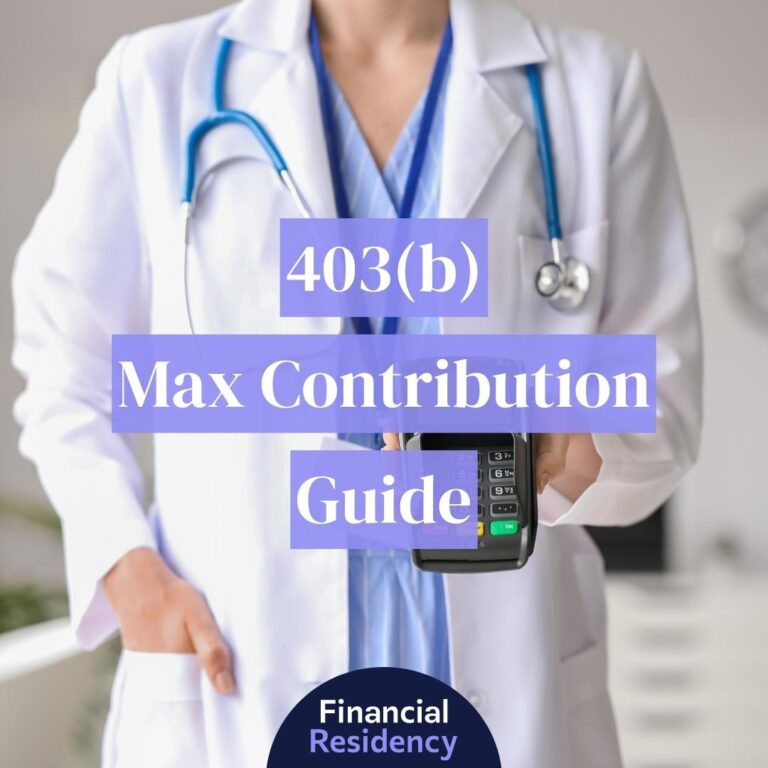Individual investors benefit a lot when they have an investment policy statement (IPS) informing their decisions and overall investment philosophy. Think of it as a roadmap for all your investment decisions.
An easy-to-understand IPS that aligns with your financial goals and values can guide your decision making or help investment management firms build a portfolio that grows with you.
Although portfolio managers and clients typically use Investment Policy Statements, you can create one if you self-manage your investments.
What Makes a Good Investment Policy Statement?
A good IPS will address two things. First, it will clearly outline your investment objectives with benchmarks for your desired diversification and existing assets.
Second, it will tell your investment advisor–or you, if you intend to self-manage––how to measure your portfolio’s performance, taking both return and risk into account.
A good policy statement defines your investment values, informs the systems you create to monitor those investments, and sets expectations on how your Financial Advisor reports back to you.
Investment Policy Statements give you and your brokerage a concrete investment plan to reference before making changes to your portfolio.
4 Components of an Investment Policy Statement
The main sections of an Investment Policy Statement are your executive summary, objectives, management responsibilities, and asset allocation strategy.
We’ve outlined the most important items to include in each section, so you can use them as a template to write your IPS.
1. Executive Summary
In this section, you’ll outline your name, age, portfolio descriptions, state of residence, tax ID, current assets’ value, return goal, risk tolerance, and capacity.
2. Investment Objectives
Before diving into random stocks on the next popular investing app, learn the ins and outs of investing and map your investment objectives.
Some examples of objectives in an Investment Policy Statement include long-term growth and capital preservation, your risk profile, your time horizon, your short-term liquidity needs, and your long-term rate of return expectation.
3. Financial Advisors’ Duties and Responsibilities
If you’re working with a Financial Advisor, this section is where they would list their duties and responsibilities, including their fiduciary duty, when they need to confer with you, how they should invest, and how often they report back to you.
4. Portfolio Selection Guidelines
Your portfolio selection guidelines inform your asset allocation strategy; no investment strategy is complete without an asset allocation plan.
Asset allocation is a diversification method designed to balance the risk and portfolio returns of investment vehicles. You should build these guidelines thoughtfully.
This section will include a breakdown of what percentage your manager should invest in stocks vs bonds and the percentage of investments broken down by asset class.
Know Your Risk Tolerance
Your risk tolerance is the variability in investment performance you can withstand. You may also hear it used interchangeably with investment risk.
Sometimes risk is determined by market conditions, but other times it’s informed by the types of portfolio assets you choose to invest in.
Your age and your risk tolerance are often correlated. Some investors use the rule of thumb of 120 minus your age.
This rule of thumb tells you what percentage of your investments to invest in equities, such as stocks. Based on this rule, a 30-year-old would keep 90% of their investments in stocks.
However, the rule of thumb doesn’t consider your present cash flow, tolerance for risk, or what level of volatility would be a deal breaker for you. It’s a shortcut, but it’s not always an honest assessment of the true level of risk you’re willing to tolerate.
Risk management is an integral part of any individual investor’s toolkit and good risk management shows a bit of flexibility, weighting your financial objectives against a realistic forecast of market conditions.
It also needs to consider how much you have saved. A 30-year-old with $1 million saved in a retirement plan could have a much different risk tolerance than a 30-year-old with $10,000.
Know your Risk Capacity
Your risk capacity complements your risk tolerance. Although risk capacity isn’t discussed as much, it is just as, or more important than, your risk tolerance.
Risk capacity is how much risk you’ll need to tolerate to meet your investment goals.
For example, emerging markets may have higher rates of returns than developed markets, but it doesn’t come without risk. Index and mutual funds can spread out this risk more.
If your goals require significant investment returns, your risk capacity would be much higher.
If your risk capacity and tolerance don’t match, it might be time to reevaluate your goals or put your IPS through a round of revisions.
Rebalancing Asset Allocation
Rebalancing is buying or selling investments to realign them with your target asset allocation.
Your investment management should rebalance your portfolio several times throughout its lifetime. Market conditions will alter your portfolio, and your financial goals will change.
You’ll need to reassess your assets. You may need to buy or sell assets to protect yourself against risk and meet your financial goals.
You can rebalance monthly, quarterly, or annually or when your asset percentage changes over 5%.
Performance Monitoring
You’ll need to decide how to monitor your investments’ performance. You should set a benchmark and accepted deviation from that benchmark in this section.
Performance monitoring is important with both passive and active investment strategies.
The Financial Industry Regulatory Authority (FINRA) has a lot of great educational resources on performance monitoring.
You or your portfolio manager will need to monitor yield and rate of return to determine if you’re making the right investments. Both metrics will be expressed as a percentage.
You can calculate the percent return like this:
(Change in value + Income) / Investment amount = Percent return
When calculating percent return, you’ll need to consider transaction fees, tax liability, inflation, and how your returns have changed year to year.
A portfolio manager may monitor performance, allowing you to be proactive instead of reactive, which can help you take advantage of larger returns in the long run.
Financial Plan vs Investment Policy Statement
The difference between a financial plan and an investment policy statement is the content. A financial plan may include an investment policy statement, but it is far more all-encompassing of your overall financial objectives.
On the other hand, an investment policy statement’s scope is limited to your investment program.
A certified financial advisor (CFA) can help you craft a financial plan that informs your objectives as you navigate the investment process.
Example Investment Policy Statement
We’ve built an example investment policy statement, so you have a benchmark of where to begin.
When you’re ready to write your own, use the following example as a template:
- Demographic: Sydney Kelley, Individual Investor, age 45
- Portfolio: Individual, Taxable
- State: Washington
- Tax ID: xxx-xx-xxxx
- Current Assets: $350,000
- Return Goal: 6%
- One-year loss limit (worst case scenario): 15%
Objectives:
- Primary goal: Long-term growth and capital preservation
- Risk profile: Conservative
- Time horizon: Greater than five years
- Short-term liquidity needs: Interested in a vacation home
- Long-term rate of return expectation: 6% (based upon historical rates of return)
Financial Advisor Duties and Responsibilities:
- Act as a fiduciary, non-biased third-party
- Create asset allocation based on client needs.
- Determine the best investment vehicles based on the asset allocation strategy
- Report on all investment overhead and additional costs
- Monitor all investment options and present options to the client
- Chart the value of all portfolio holdings regularly
- Provide monthly reports to client
Portfolio Selection Guidelines:
Fixed-income assets generally yield lower rates of return, have a lower correlation with equities, and have less risk than stocks, but a balanced investment portfolio diversifies across all kinds of assets.
The client’s moderate risk profile informs the assets the investment advisor should consider adding to the portfolio.
The risk profile will help the investment manager choose index funds and exchange-traded funds (ETFs) that align with your overall investment strategy.
The investment advisor will only purchase from the following asset classes:
Equity
- U.S.
- High-Dividend
- Value
- Small Cap
- International, including developed and developing markets
Fixed
- U.S. Bonds
- Corporate Bonds
- Government Bonds
- High-Yield Bonds
- Real Estate Investment Trusts (REIT)
- Global Bonds
- Global REITs
As you can see, an investment policy statement doesn’t need to be the next great American novel to be a sound investment strategy. All you need to do is be thoughtful and ask experts for their insight when you’re unsure about the best asset classes to invest.
Final Thoughts
Writing a good investment policy statement is as much an exercise in defining your interests and risk tolerance throughout the investment process as it is a concrete statement that informs your entire asset allocation strategy.
While anyone can begin investing, not everyone can invest with confidence or distill their financial goals into clear investment objectives that advisors can easily follow.
You may be interested in real estate, but not all investment styles fit managing rental properties or purchasing commercial real estate.
Instead, you may find that real estate investment trusts (REITs) allow you to take advantage of the market trends in real estate without taking on much more risk than the cash upfront.
Everyone’s strategies will be unique to them, so it’s always a good idea to start fleshing it out on paper before making any irrevocable decisions.




